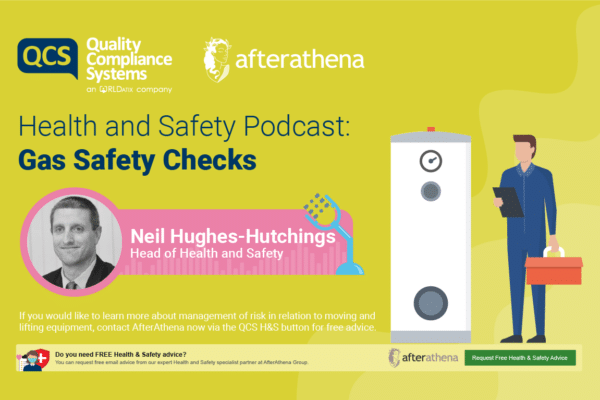
So-called ‘Aussie Flu’ is dominating the news at the moment and very few people haven’t come into contact with someone who has suffered through the symptoms or who knows someone who has. Although not currently at the levels of the Swine Flu pandemic seen seven or eight years ago, all coverage appears to suggest that the current situation could worsen. Given how contagious the disease is, those working in close environments can see one case turn into many very quickly and this can have a catastrophic effect on a business’s ability to meet its staffing requirements.
Those employers within the care sector can be some of the worst affected given that they are involved with a lot of the most vulnerable people in society when it comes to disease, such as children, pregnant women, the elderly and those with pre-existing medical conditions. It’s therefore sensible and good practice to have in place an employee strategy to deal with suspected cases of ‘Aussie Flu’ which can sit alongside your existing Health and Safety and Sickness Absence Policies. It is especially important that this strategy is communicated to all staff to ensure there is no unnecessary gossip, fear and disruption to the workplace.
Employers are under a general duty to ensure the health and safety of all of their staff and to provide a safe place for them to work. Employers in the care sector will also be under further regulatory duties of care to patients and service users. The first and most important point to communicate to staff is that they need to be open and honest about whether or not they are suffering from any symptoms which may be red flags that they are coming down with ‘Aussie Flu’. This can sometimes have the effect of flagging a potential malingering opportunity to certain members of staff but, given the nature of the care sector, it is essential to ensure that potential flu symptoms are caught at the earliest opportunity which would not be possible if an employer is relying on other members of staff to report an employee’s illness or suspected illness. At this point, some damage may already have been done if that individual has been in the workplace for some time. Employers can still request appropriate evidence of illness in accordance with their Sickness Absence Policy which may act as a deterrent to those employees who may use any announcement of your strategy to deal with any outbreak of flu as an opportunity to have a few days on sick leave. If an employer also uncovers evidence that an individual has declared themselves unfit for work untruthfully, an employer would be entitled to apply its Disciplinary Policy.
Take Steps to Identify Your Most Vulnerable Employees and Service Users
Secondly, it is essential that an employer takes steps to identify who their most vulnerable employees are, such as those who are pregnant or have existing medical conditions and service users and develop a strategy to protect these individuals from any outbreak of flu. This may involve additional hygiene requirements over and above existing plans in place, re-deploying or providing paid leave to vulnerable staff to keep them away from employees and service users who may be infected, lay off, enforced holiday and the use of homeworking where possible. Should an employer send an employee home as a precautionary measure they generally would be required to pay that employee full pay unless there is a contractual right to withhold pay or if the employee agrees that he or she is too sick to work or is certified unfit by a doctor in which case an employer should apply its Sick Pay Policy.






